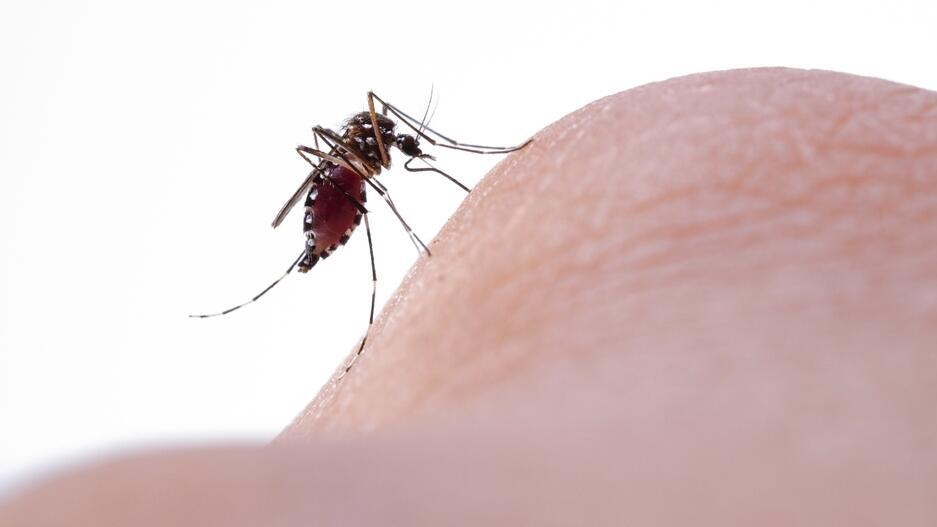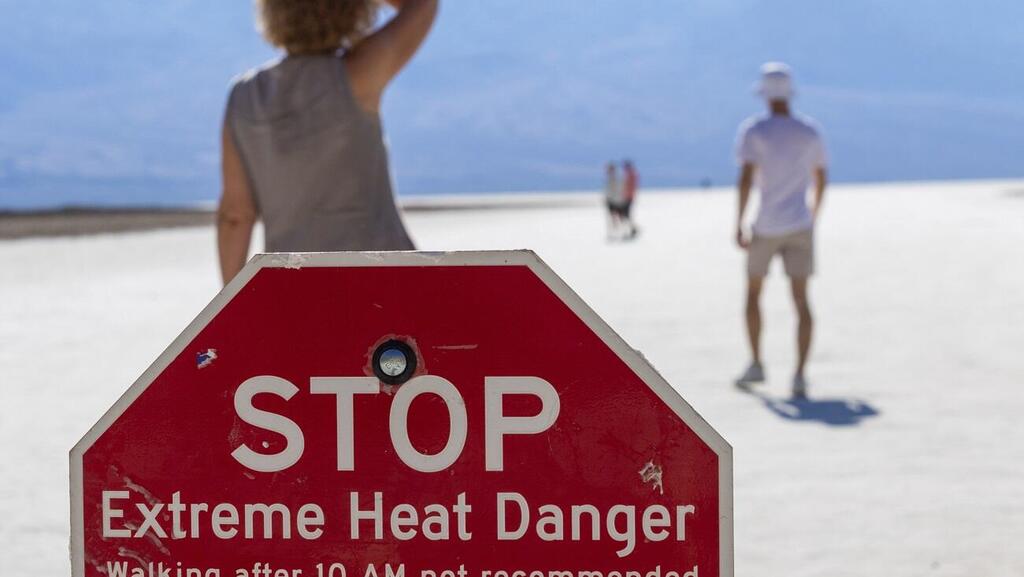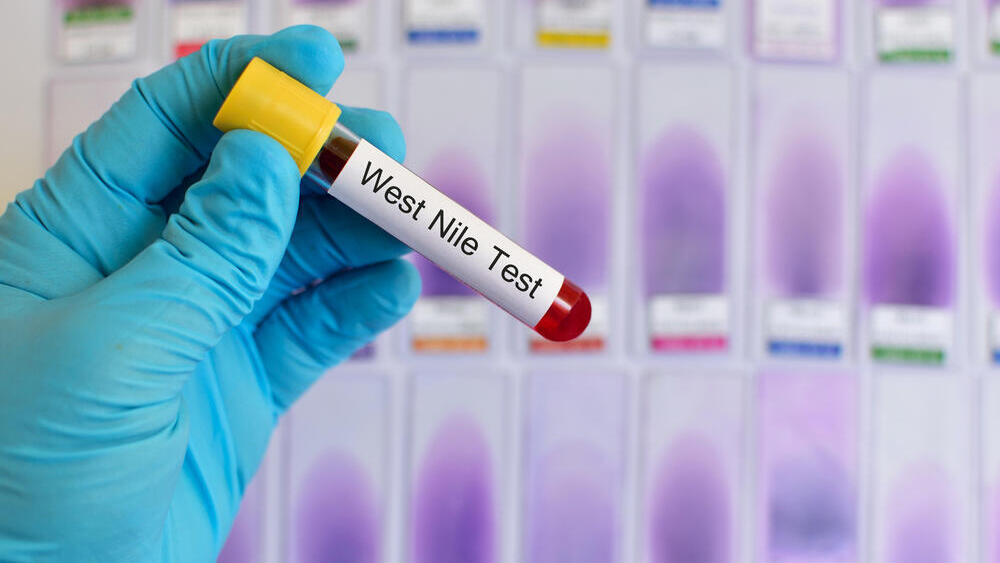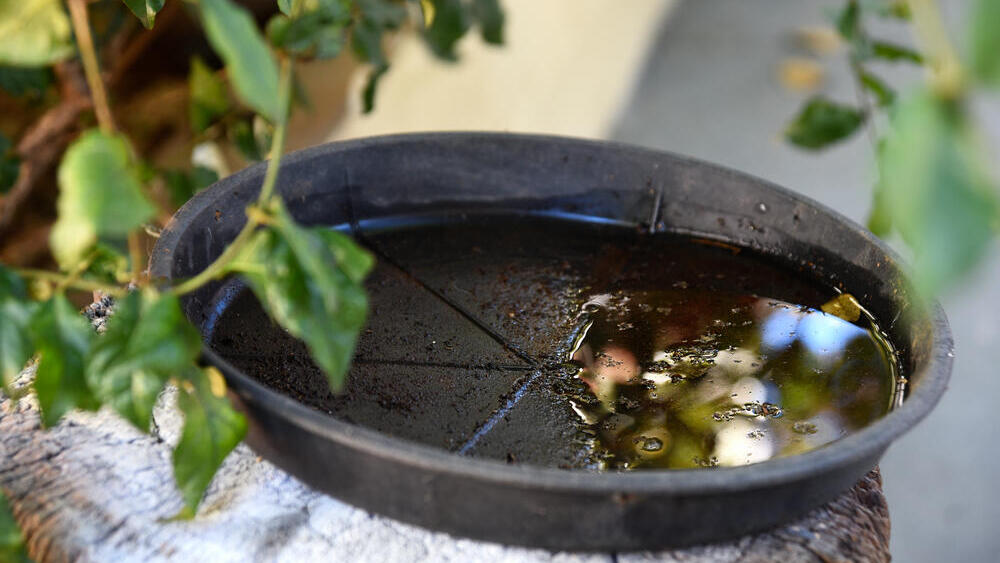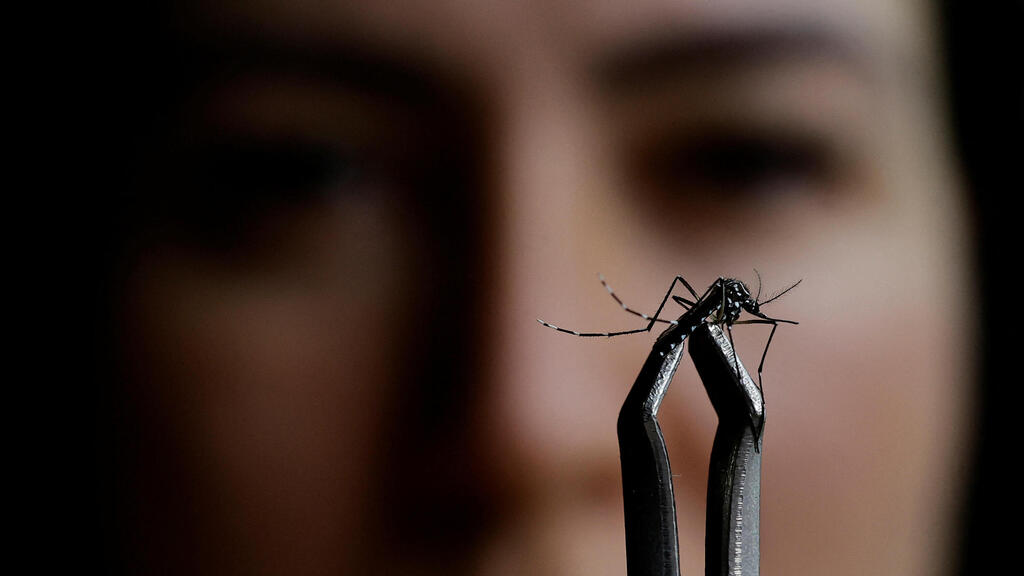Getting your Trinity Audio player ready...
West Nile virus has surged in Israel this year, with over 540 infections and 36 fatalities. A new report from the Taub Center, released Wednesday, updates the number of confirmed cases and highlights factors contributing to the virus’s spread, such as climate change and recent extreme heat waves.
Health Ministry data released by the Taub Center shows that by the end of June, there were 230 West Nile virus cases in Israel; the other more than half of the cases have been diagnosed this month. This is a significant increase from the previous peak of 19 cases in the first half of 2010, the highest number recorded between January and June from 2000 to 2023. Notably, the first cases in 2000 were only reported from July onward.
In comparison, as of July 3 of this year, Spain and Italy each reported six cases, Greece reported one case by July 5, and the United States reported nine cases by June 25.
Israel experienced its hottest June on record this year, with temperatures exceeding the 1991-2020 multi-year average by more than 3°C (5.6°F).
“Given the contributing factors to the disease’s spread, researchers estimate a connection between the unusually high number of confirmed cases and the extreme heat wave that hit our region in June,” Taub explained in its report.
According to the Taub Center, while the conversation about climate change often centers on global warming, its impact extends far beyond rising temperatures. Climate change also brings challenges, such as floods and infestations. These conditions, along with increasing temperatures, contribute to the wider geographic spread of mosquito-borne diseases like dengue fever, Zika virus, and West Nile fever.
West Nile fever and climate change
Maya Sadeh, head of the Research and Policy Initiative for Environment and Health at the Taub Center and author of the report, highlighted that the Lancet Countdown project, which monitors the link between climate change and health, identified West Nile virus spread as being linked to climate change for the first time.
The Lancet, she said, examined the global relative spread rate of West Nile fever as a function of temperature and found an average increase of 4.4% in the number of people infected with the virus in the years 2013–2022 compared to the years 1951–1960. In most regions of the world, the spread of the virus is increasing, while in the eastern Mediterranean basin, it is decreasing – likely due to the rise in temperature in this area.
“The mosquito can only reproduce in specific temperatures,” Sadeh explained to The Media Line.
West Nile fever is a viral disease transmitted to humans by the common house mosquito (Culex), which primarily acquires the virus from birds and various mammals. As birds migrate, they can spread the virus globally. About 80% of infected individuals show no symptoms, but the disease can be severe in people aged 65 and older, potentially leading to neurological conditions like meningitis and even death.
Israel’s location suggested a decrease in West Nile virus cases according to the Lancet models, but Health Ministry data shows a varied annual infection rate over the past two decades, except for spikes in 2000 and 2024.
By the end of June 2024, the infection rate was 2.32 cases per 100,000 people, compared to an average of 0.07 cases per 100,000 people between 2001 and 2023. Statistically, this means the infection rate was 35.2 standard deviations higher than the average from 2000 to 2023. The Health Ministry predicts that the number of cases per 100,000 people in 2024 may surpass that of 2000, according to Taub.
Sadeh suggested that the discrepancy between global models and Israel’s actual data might be due to the global models, considering only temperature without accounting for changes in precipitation and drought frequency. Israel’s winter of 2024 was unusually warm and rainy, but the late rains left many standing water bodies ideal for mosquito breeding.
Thus, Israel’s unique climate conditions might mean it shouldn’t be classified with other eastern Mediterranean countries regarding West Nile fever spread.
The biggest challenge with West Nile Virus is that there is no known treatment. Patients are given general pain relievers and, in severe cases, can be intubated. A team at Sourasky Medical Center is working on developing a treatment for the disease using interferon, a type of protein that bolsters the body’s immune response to the virus. Interferon therapy was previously tested during the COVID-19 pandemic.
However, for now, the best remedy is prevention. The Environmental Protection Ministry recently launched a new campaign calling on the public to look for and remove standing water.
Dr. Dana Milstein, an aquatic ecologist with Israel’s Nature and Parks Authority, emphasized the need for caution when spraying pesticides against mosquitoes. She explained to The Media Line that Israel’s mosquito eradication policy, updated less than 10 years ago, addresses both urban and natural bodies of standing water.
In urban areas, standing water from construction sites, small plants and similar sources is considered a hazard and should be eliminated. Conversely, natural bodies of water are essential for the environment and should be preserved. The Environmental Protection Ministry has developed a classification system for various water bodies based on their value and vulnerability. Local authorities use these rankings to determine how to monitor and treat mosquito infestations.
Milstein noted that if natural bodies of water are kept healthy, mosquito infestations are unlikely because the ecosystem self-regulates, with predators like dragonflies naturally controlling mosquito populations.
When mosquitoes are detected, initial pesticide treatment is usually administered, followed by careful monitoring before further spraying is conducted.
In 2015, Israel discontinued the use of Gambusia fish, also known as “mosquitofish,” to control mosquito populations in natural water bodies, Milstein said. While these fish consume mosquitoes, they are an invasive species that also prey on other aquatic life, potentially causing long-term harm to water ecosystems. Milstein said that once Gambusia fish enter an ecosystem, they are nearly impossible to remove.
Preventive measures
Milstein expressed concern that the Environmental Protection Ministry, facing pressure from the mosquito outbreak, might consider immediate but potentially harmful solutions like over-spraying or reintroducing Gambusia fish. Such actions could worsen environmental issues rather than resolve them over time, she said.
Instead, Milstein and Taub Center’s Sadeh suggested focusing on preventive measures. These include eliminating standing water, ensuring containers and pots do not collect water, installing window screens, wearing long clothing, and using mosquito repellents.
Sadeh also advocated for intensified efforts to reduce greenhouse gas emissions, which could help mitigate climate change – perhaps the root cause of these new health challenges.
“It is important to understand that the increase in phenomena related to climate change, especially extreme heat stress, has a direct impact on public health,” Sadeh said.


